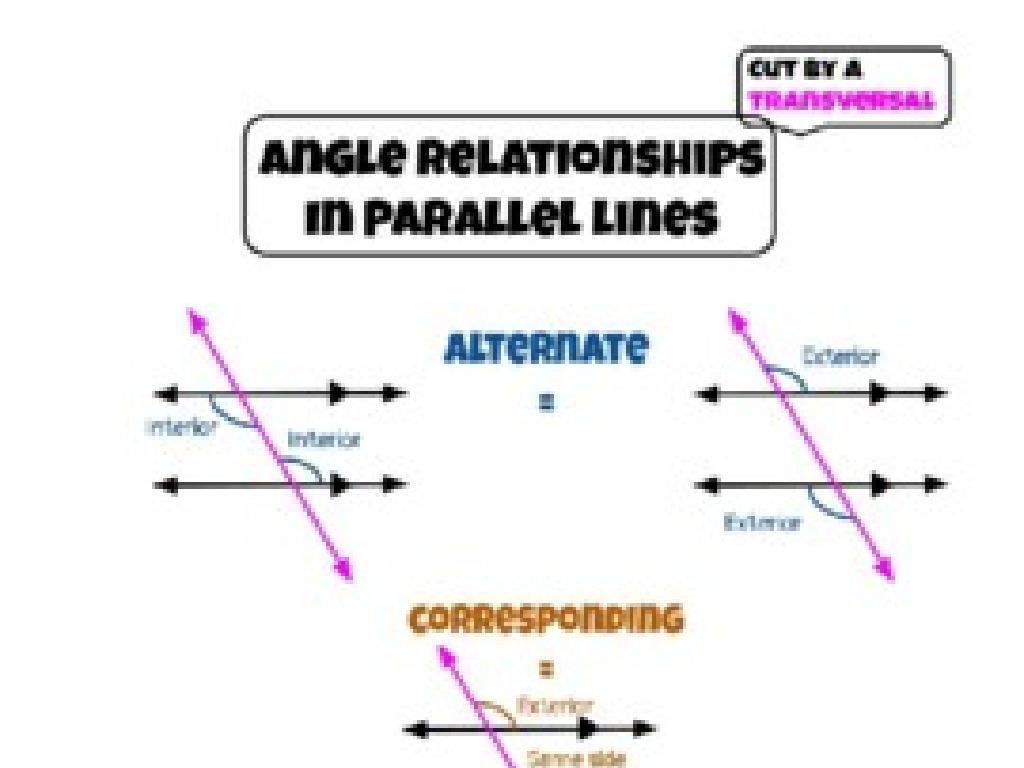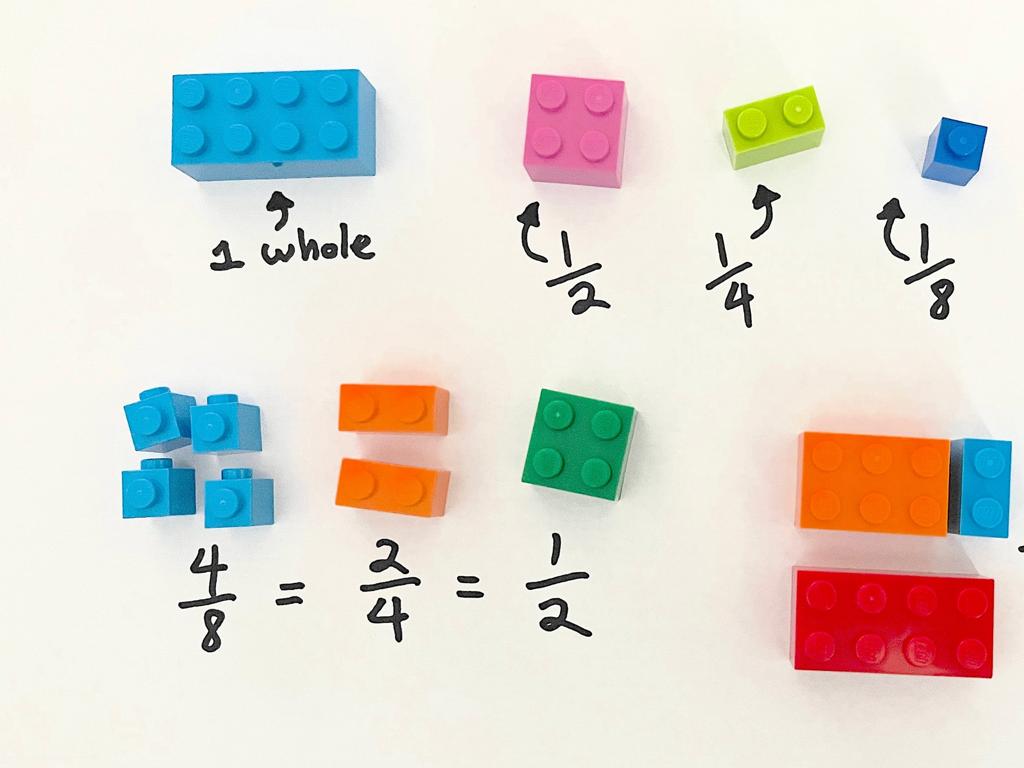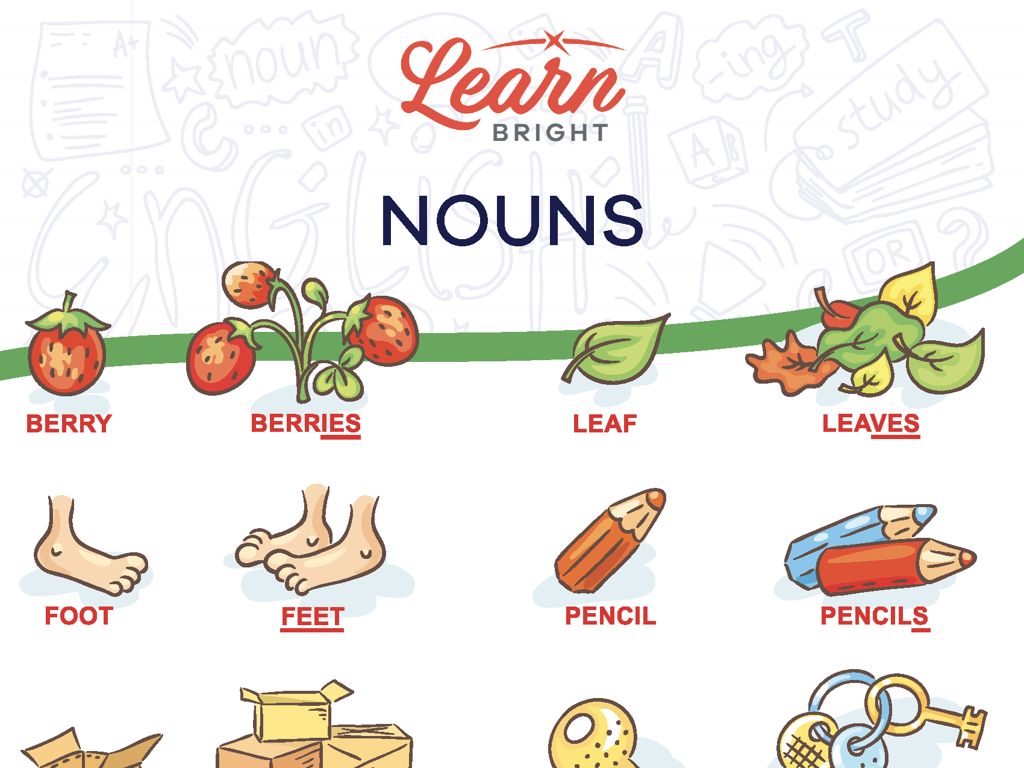Is It A Complete Sentence Or A Run-On?
Subject: Language arts
Grade: Eighth grade
Topic: Sentences, Fragments, And Run-Ons
Please LOG IN to download the presentation. Access is available to registered users only.
View More Content
Introduction to Sentences
– Building blocks of English Language
– Characteristics of a complete sentence
– Subject, verb, and complete thought are needed.
– Recognizing run-on sentences
– Run-ons are sentences incorrectly joined without punctuation.
– Significance of sentence structure
– Good structure improves clarity and engagement.
|
This slide introduces the fundamental elements of sentence construction, which is crucial for effective communication in English Language Arts. A complete sentence must have a subject and a verb, and it must express a complete thought. Students should understand that run-on sentences can confuse readers and obscure the intended message. Emphasize the importance of proper sentence structure in writing, as it enhances the clarity of the text and keeps the reader engaged. Provide examples of both complete sentences and run-ons for students to identify and correct. This will lay the groundwork for more advanced writing skills.
Identifying Complete Sentences
– A sentence needs a subject and predicate
– Subject does something or is something, predicate tells about the subject
– It must express a complete thought
– A thought that is not complete is a fragment
– Example: ‘The cat sat on the mat.’
– This sentence has both elements and is clear and complete
|
When teaching students to identify complete sentences, emphasize the importance of both a subject and a predicate. The subject is who or what the sentence is about, and the predicate explains what the subject is doing or describes it. A complete thought means the sentence stands alone and makes sense without additional information. Use clear examples like ‘The cat sat on the mat.’ to illustrate a simple, complete sentence. Encourage students to look for these components in sentences and to test if the thought feels complete. This foundational skill will help them avoid run-on sentences and fragments in their writing.
Recognizing Sentence Fragments
– Understanding sentence fragments
– A fragment lacks a subject, predicate, or both
– Identifying missing elements
– Look for missing subjects or verbs in the sentence
– Recognizing incomplete thoughts
– Does the sentence stand alone logically?
– Example of a fragment
– ‘Running through the park.’ lacks a subject
|
This slide aims to help students identify sentence fragments in writing. A sentence fragment is an incomplete sentence that lacks either a subject, a predicate, or both, and fails to express a complete thought. Students should learn to spot these fragments by checking if the sentence can stand alone logically. For example, ‘Running through the park.’ is a fragment because it lacks a subject who is running. Encourage students to look for these elements in each sentence and to practice rewriting fragments into complete sentences. This will improve their writing clarity and coherence.
Understanding Run-on Sentences
– What is a run-on sentence?
– Two or more independent clauses joined without proper punctuation or conjunctions.
– Impact of run-on sentences
– They can make writing confusing and unclear.
– Identifying run-on sentences
– Look for sentences that don’t have proper breaks between distinct ideas.
– Example of a run-on
– ‘I love to write it is fun’ lacks proper punctuation between clauses.
|
This slide aims to help students identify run-on sentences and understand why they are problematic. A run-on sentence occurs when two or more independent clauses (complete thoughts) are connected improperly without correct punctuation or coordinating conjunctions. This can lead to confusion and misinterpretation of the text. To spot a run-on, students should look for sentences that could be split into two or more sentences but are instead written as one without proper separation. The example provided illustrates a common run-on sentence without the necessary punctuation, which should be corrected to ‘I love to write; it is fun.’ or ‘I love to write. It is fun.’ Discuss with students how to correct run-on sentences by using periods, commas with conjunctions, or semicolons.
Correcting Run-on Sentences
– Separate clauses with a period
– Two independent clauses can be split into two sentences.
– Comma plus conjunction
– Join clauses using a comma and a conjunction like ‘and’, ‘but’, or ‘or’.
– Semicolon for related ideas
– Link closely related clauses with a semicolon; no conjunction needed.
|
This slide aims to teach students how to identify and correct run-on sentences, which are sentences that contain two or more independent clauses without proper punctuation or conjunctions. Students should learn that they can correct these by using a period to create two separate sentences, by using a comma followed by a conjunction to join the clauses, or by using a semicolon to connect clauses that are closely related in idea. Provide examples for each method and have students practice rewriting run-on sentences using these techniques. Emphasize the importance of clarity and flow in writing.
Class Activity: Sentence or Run-On?
– Identify sentence or run-on
– Correct the run-ons
– Use punctuation, conjunctions, or rewrite
– Discuss methods used
– Review: commas, FANBOYS, semicolons, periods
– Partner sharing session
– Exchange papers with a partner, discuss corrections
|
This slide is for a class activity focused on distinguishing between complete sentences and run-on sentences. Students will practice identifying errors in sentences and then apply strategies to correct run-on sentences. Encourage them to use different methods such as adding punctuation, using coordinating conjunctions (FANBOYS), or rewriting the sentences for clarity. After making corrections, students should share their work with a partner to discuss the methods they used. This peer review process will help reinforce their understanding and provide an opportunity for collaborative learning. Prepare a worksheet with example sentences for the students to work on and ensure that they have a clear understanding of the correction methods before starting the activity.
Class Activity: Sentence Surgery
– Engage in ‘Sentence Surgery’ in groups
– Diagnose sentence fragments and run-ons
– Determine if each sentence is complete or a run-on
– Correct the sentences using worksheet
– Use grammar rules to make corrections
– Present your fixed sentences to class
|
This interactive class activity is designed to help students understand the structure of complete sentences versus run-on sentences. Students will work in small groups to identify issues in provided sentences, using their knowledge of sentence structure to make corrections. Each group will receive a worksheet with a mix of correct sentences, fragments, and run-ons. They will ‘operate’ on these sentences, diagnosing the problems and rewriting them correctly. After the activity, groups will present their corrected sentences, explaining the reasoning behind their changes. This will reinforce their understanding and allow for peer learning. For the teacher: Prepare a worksheet with a variety of sentences. Consider including examples that require conjunctions or punctuation to fix. Have a discussion afterward about the importance of sentence structure in clear communication.
Wrapping Up: Sentences vs. Run-ons
– Recap: complete sentences and run-ons
– A complete sentence has a subject, verb, and expresses a complete thought.
– Why clear sentences matter
– Clear sentences improve readability and communication.
– Homework: write a paragraph
– Use what you’ve learned to write a well-structured paragraph.
– Identify run-ons or fragments
– Highlight and correct any run-ons or fragments you find.
|
As we conclude today’s lesson, ensure students understand the difference between complete sentences and run-on sentences. Emphasize the importance of using proper sentence structure to convey messages clearly and effectively. For homework, students should apply their knowledge by writing a paragraph on a topic of their choice. They must then review their work to identify and correct any run-on sentences or fragments. This exercise will reinforce their learning and improve their writing skills. In the next class, we can review some of the paragraphs together to provide feedback and further clarification.






